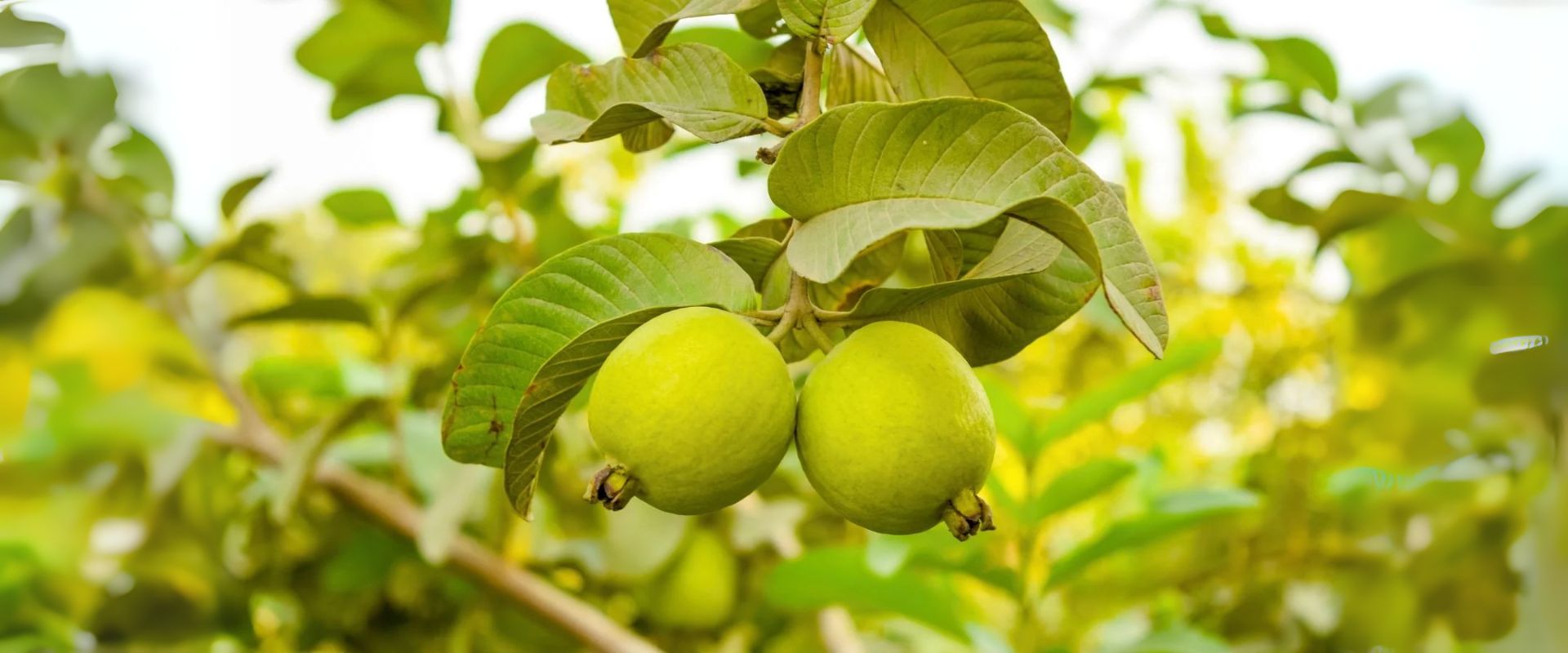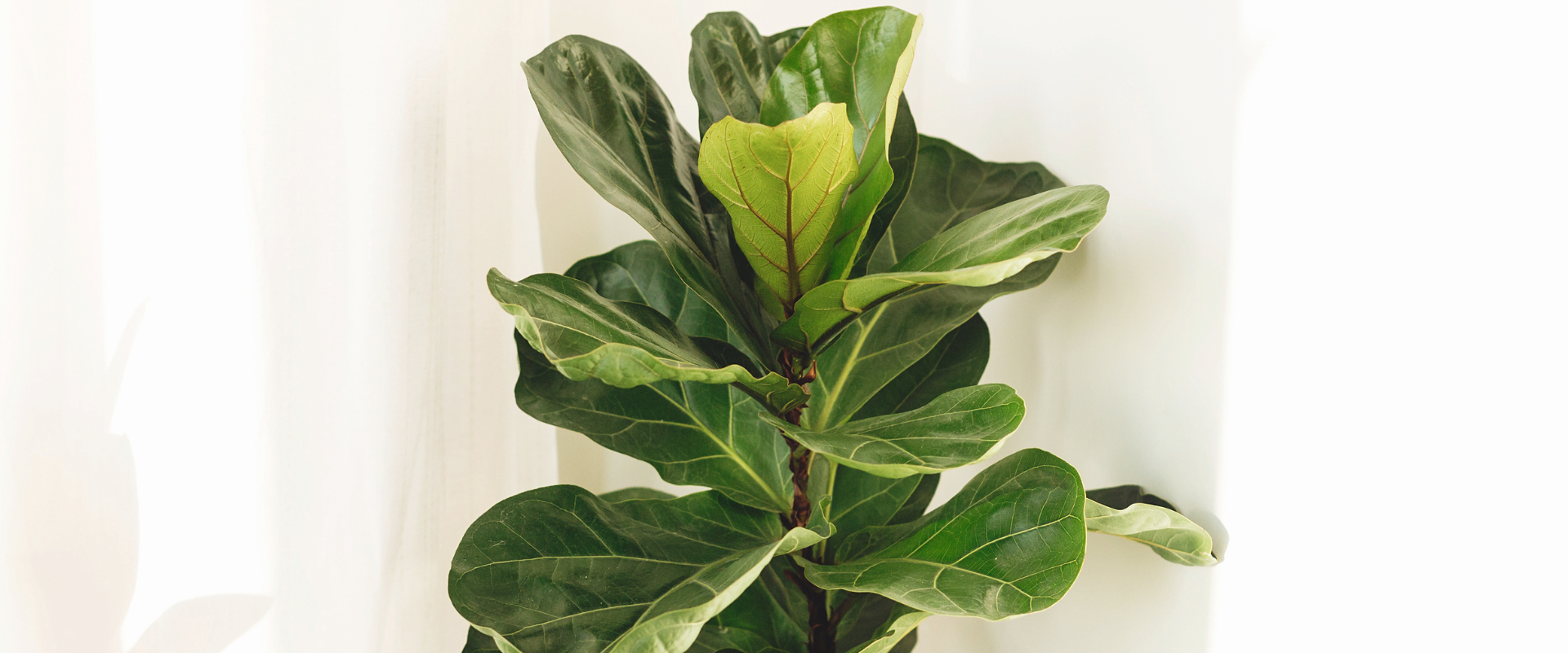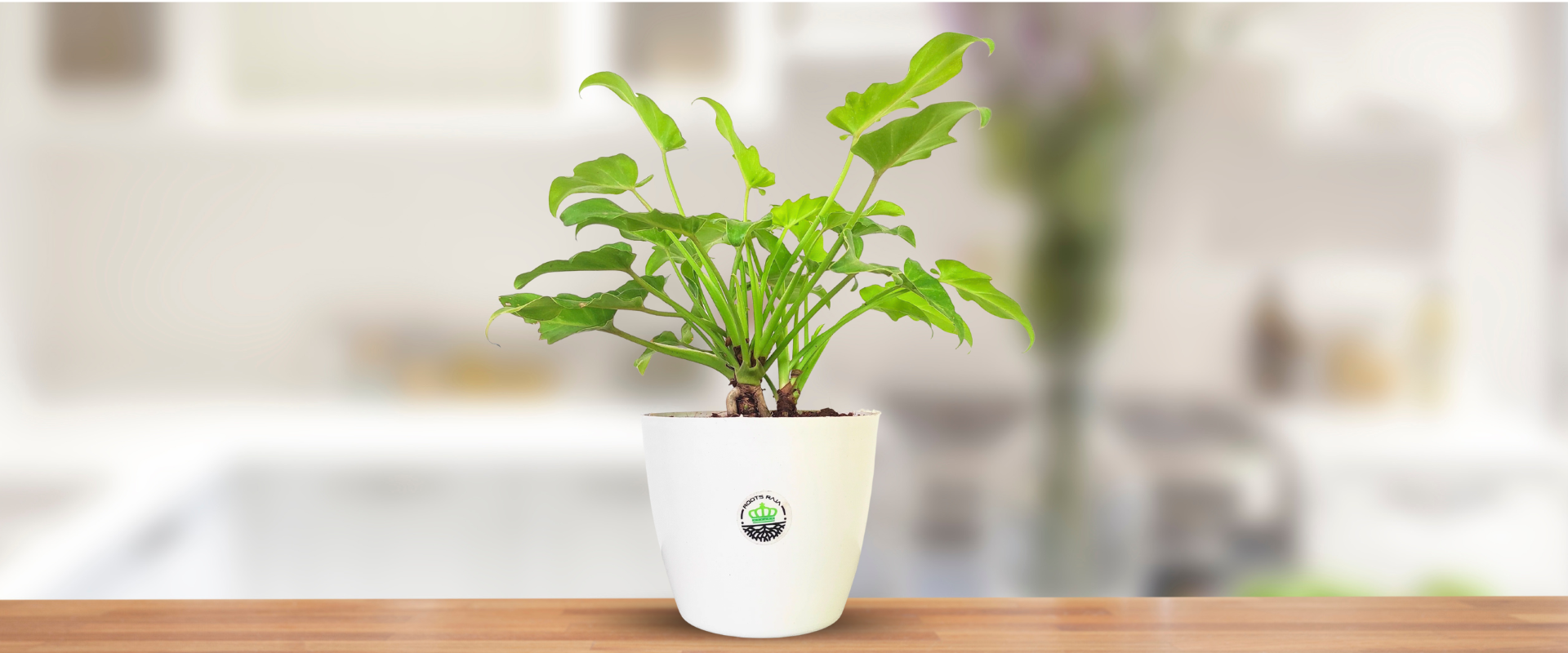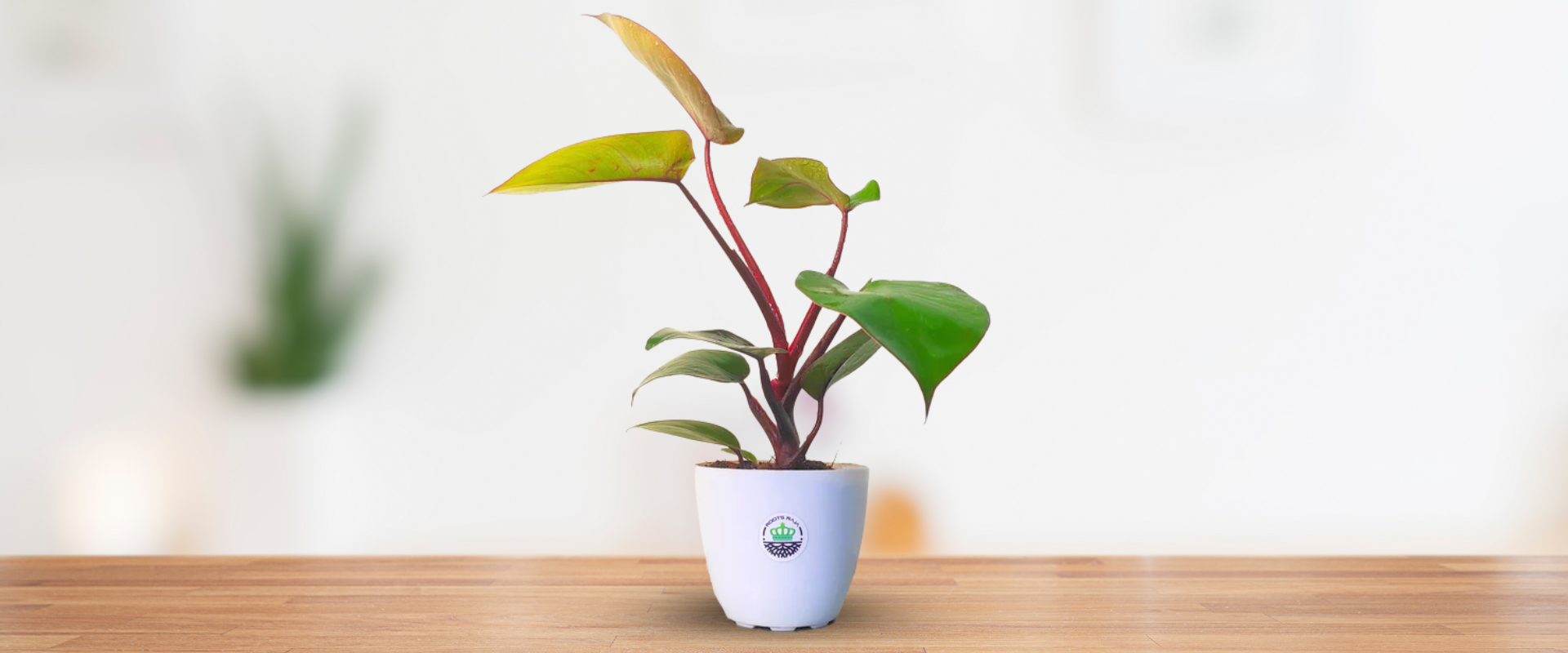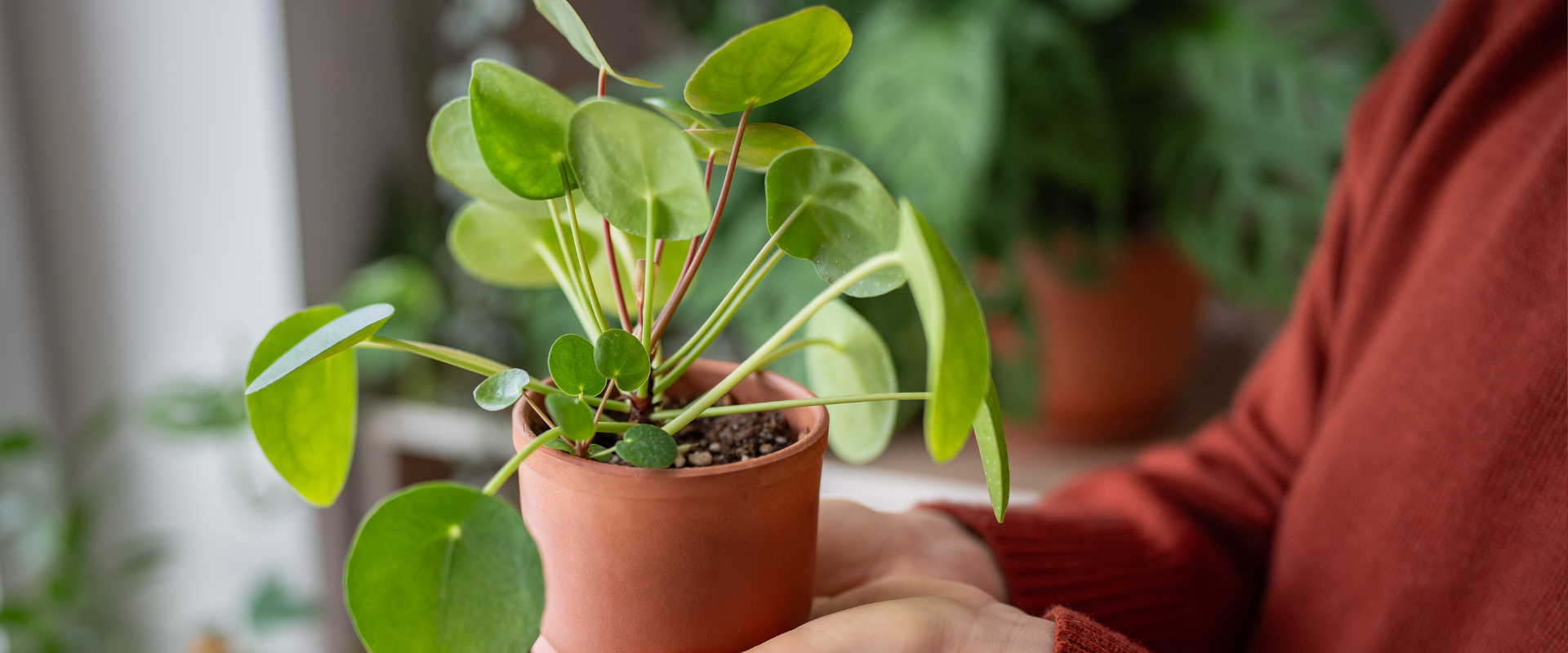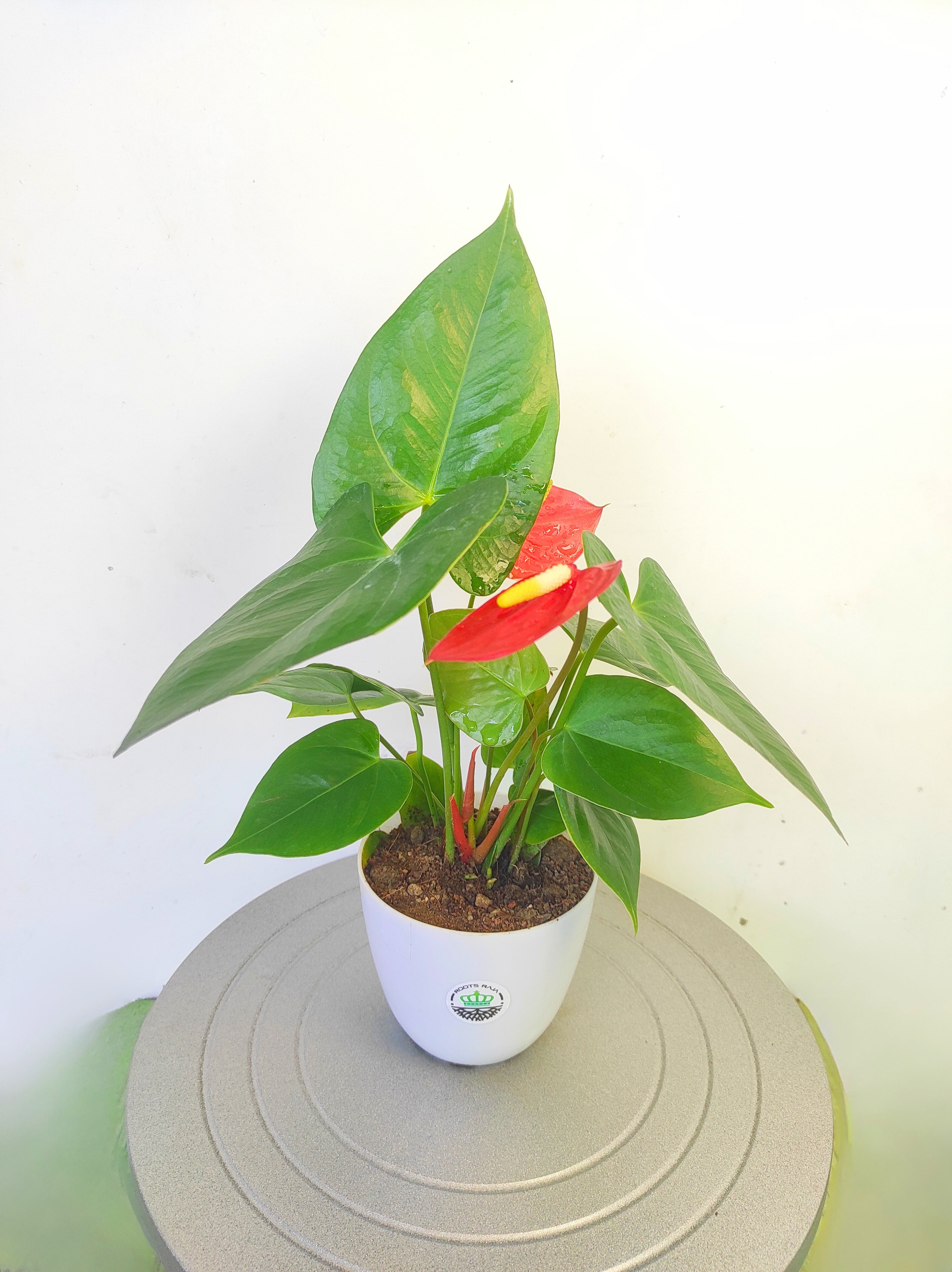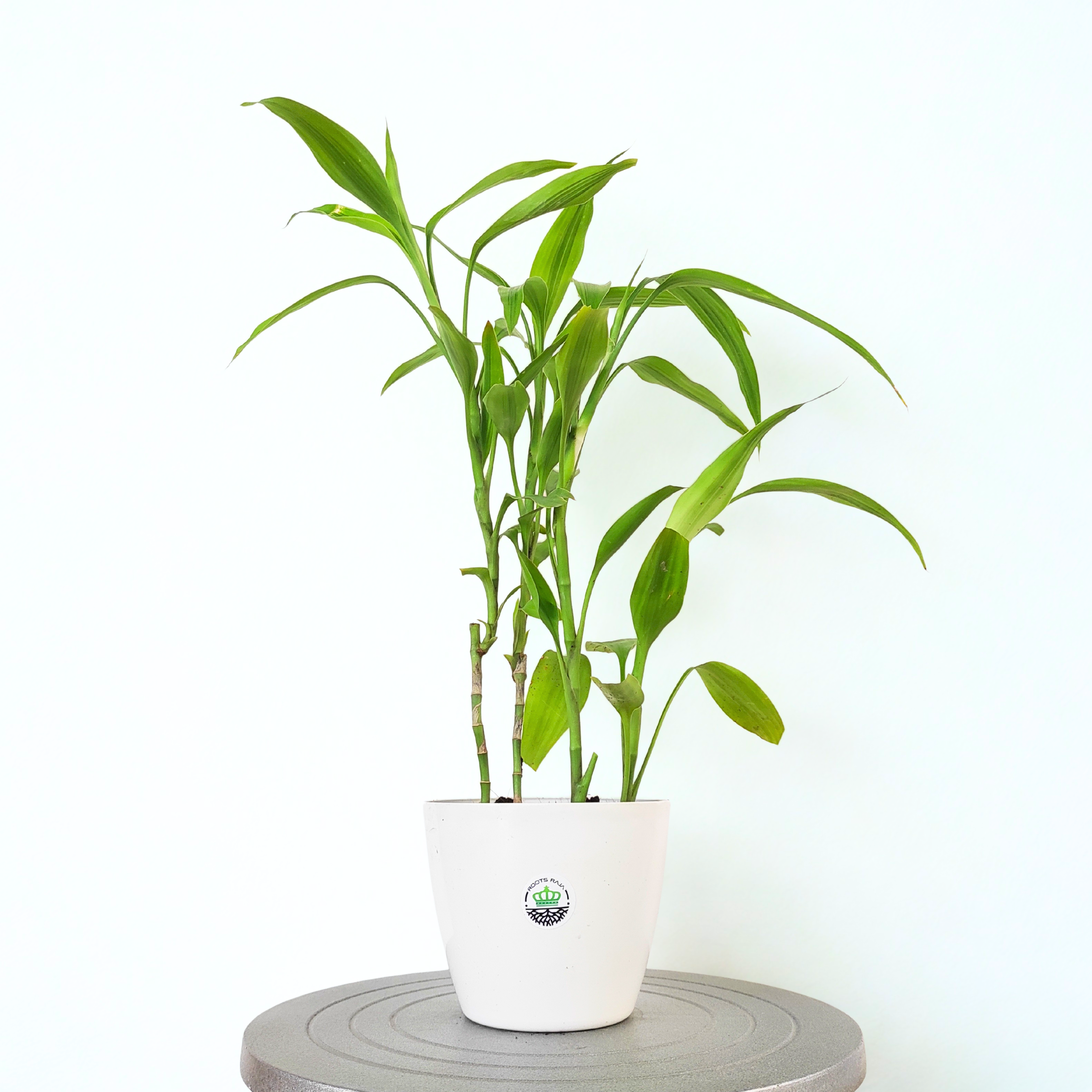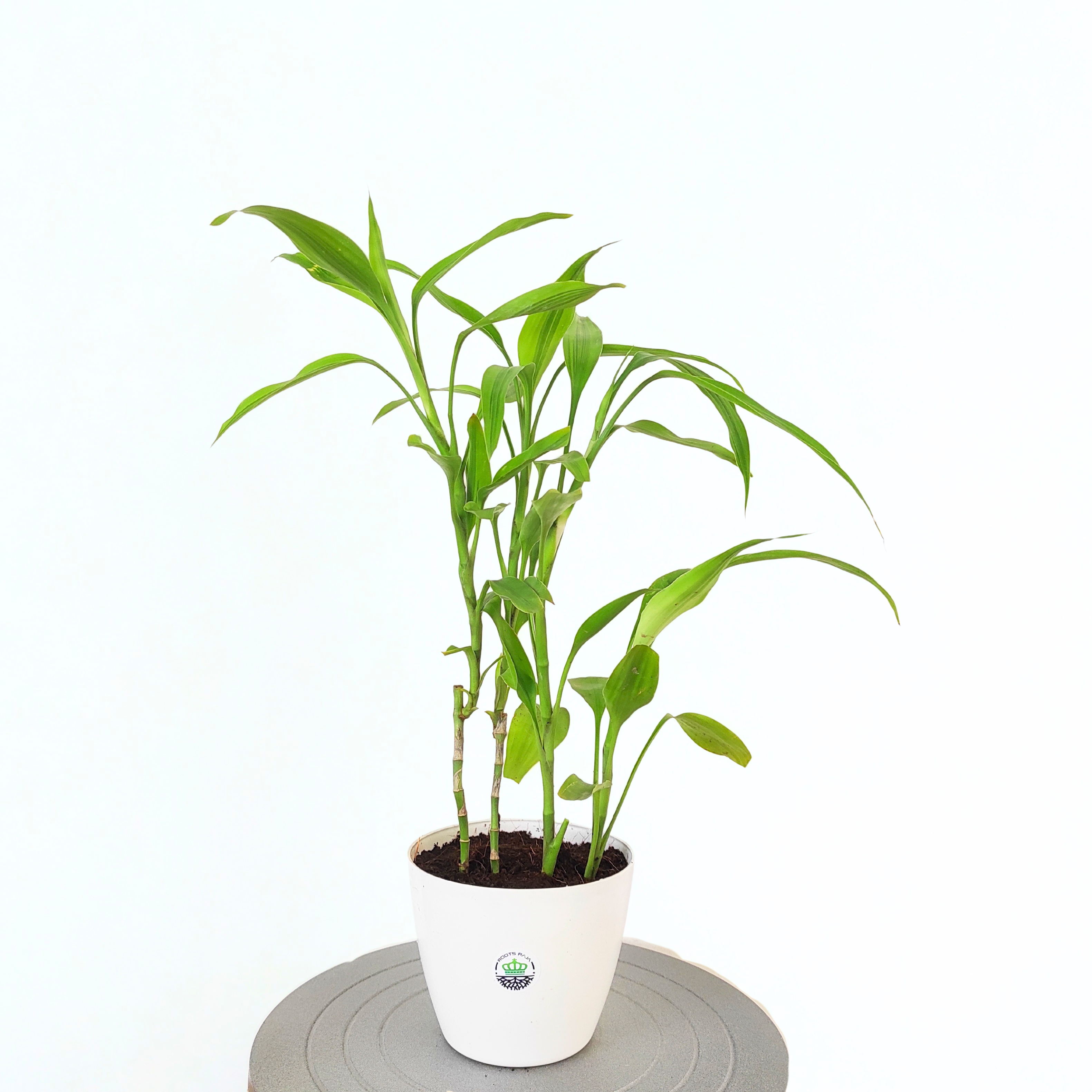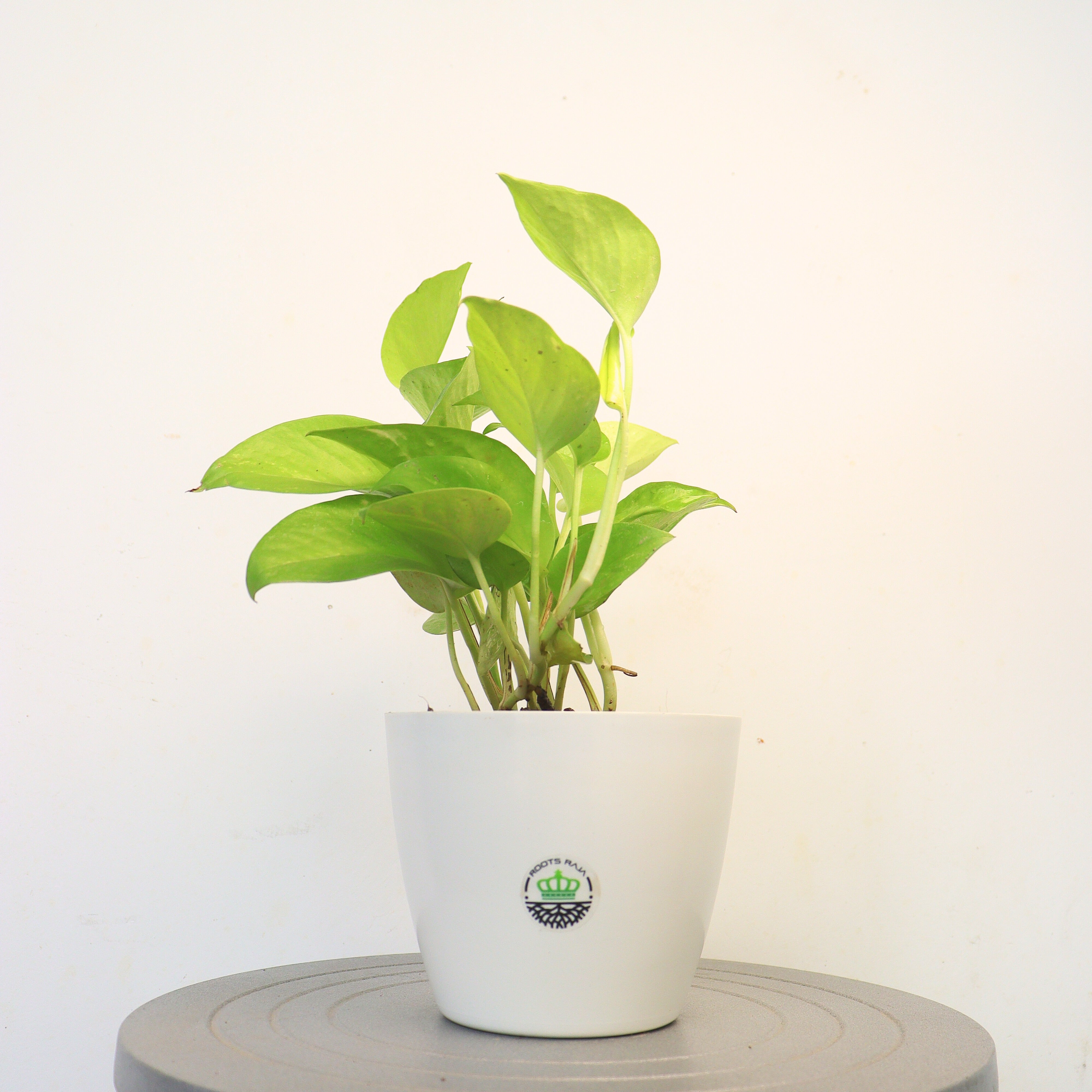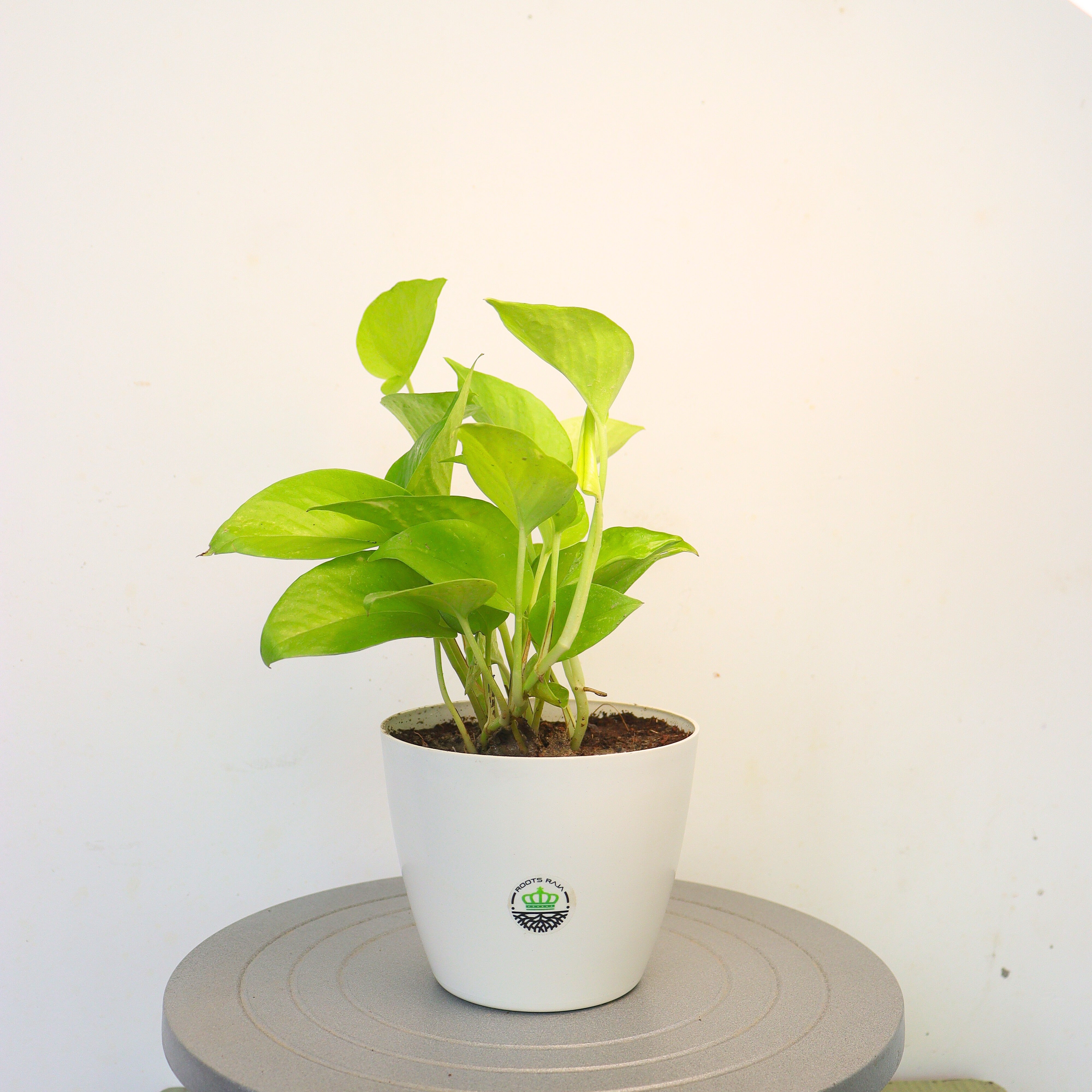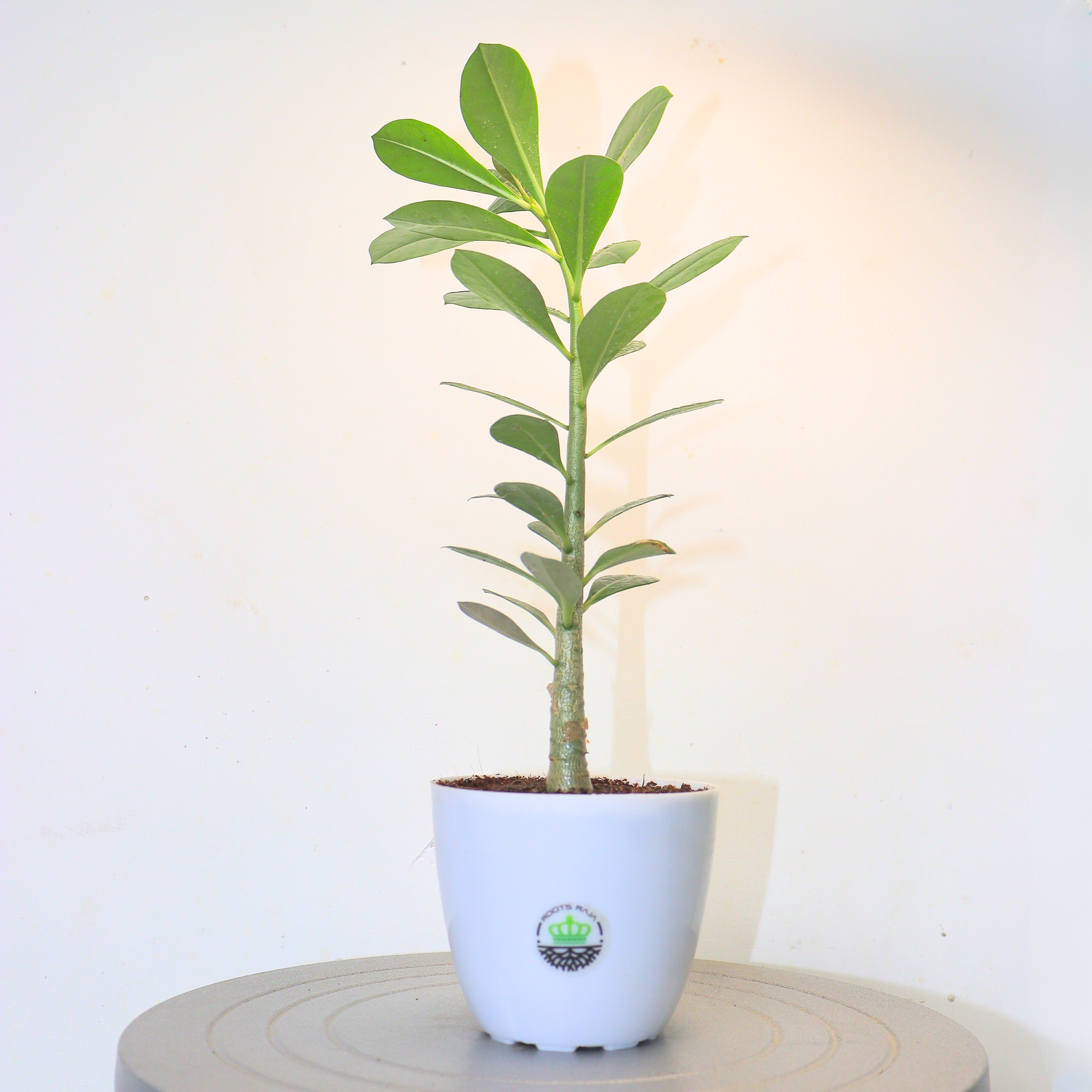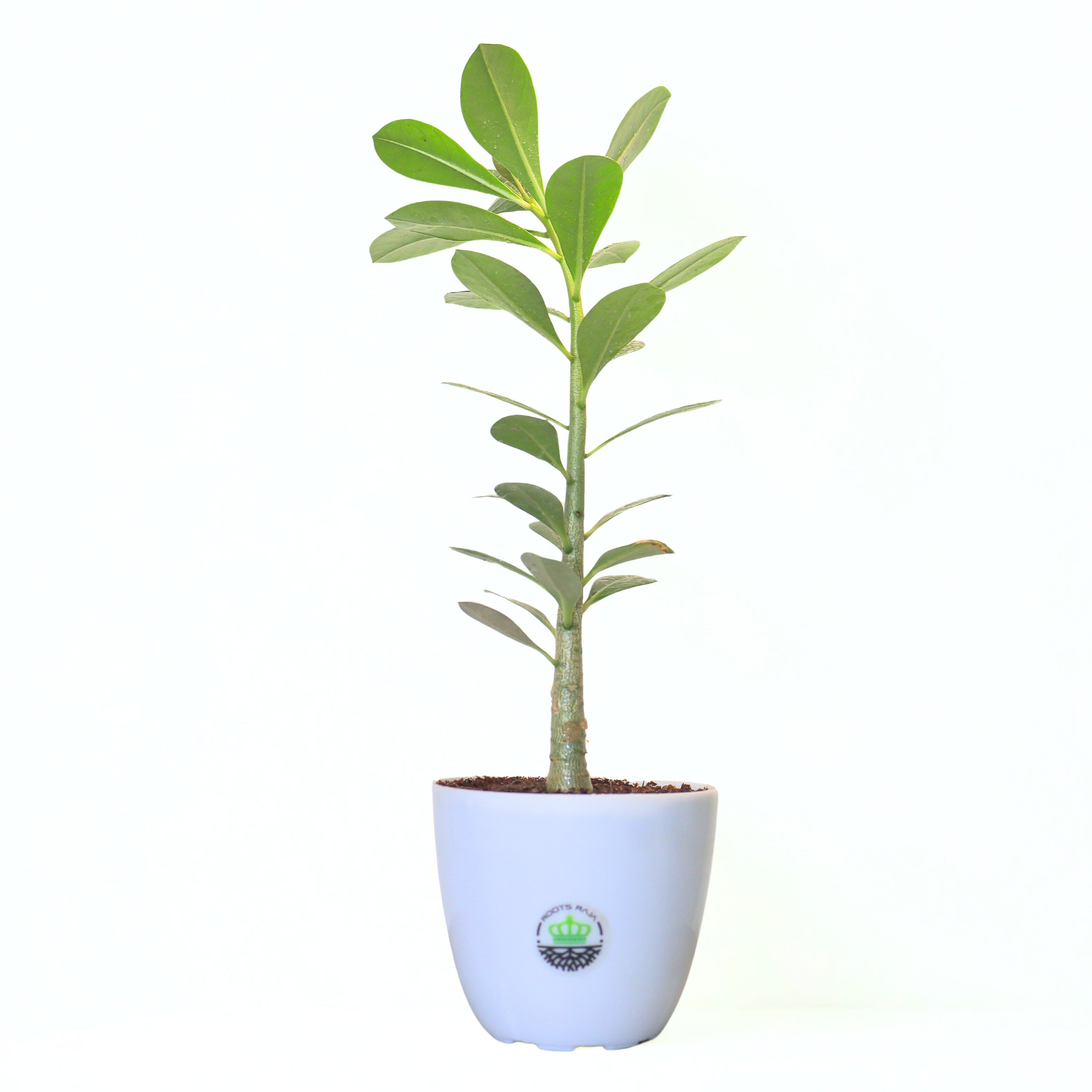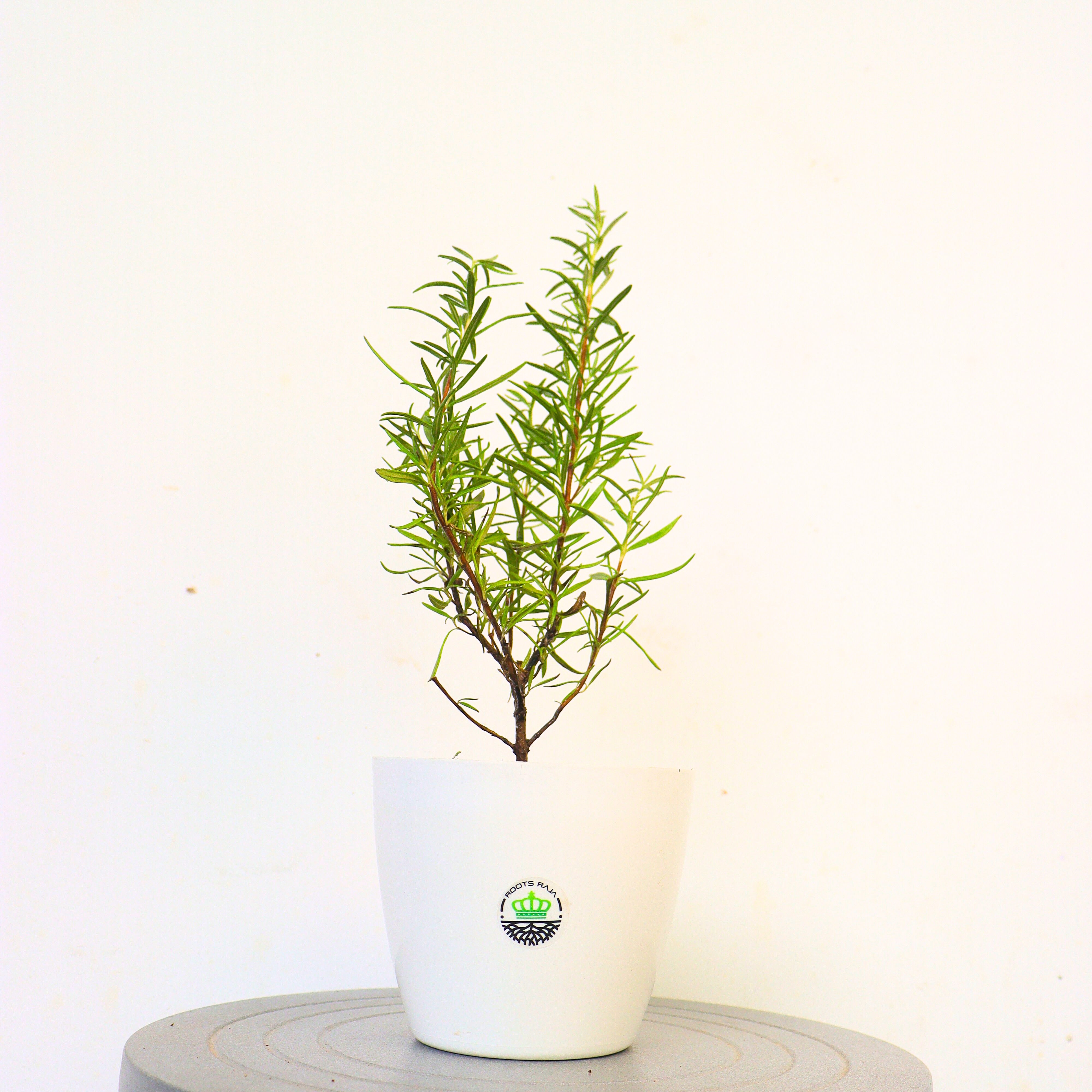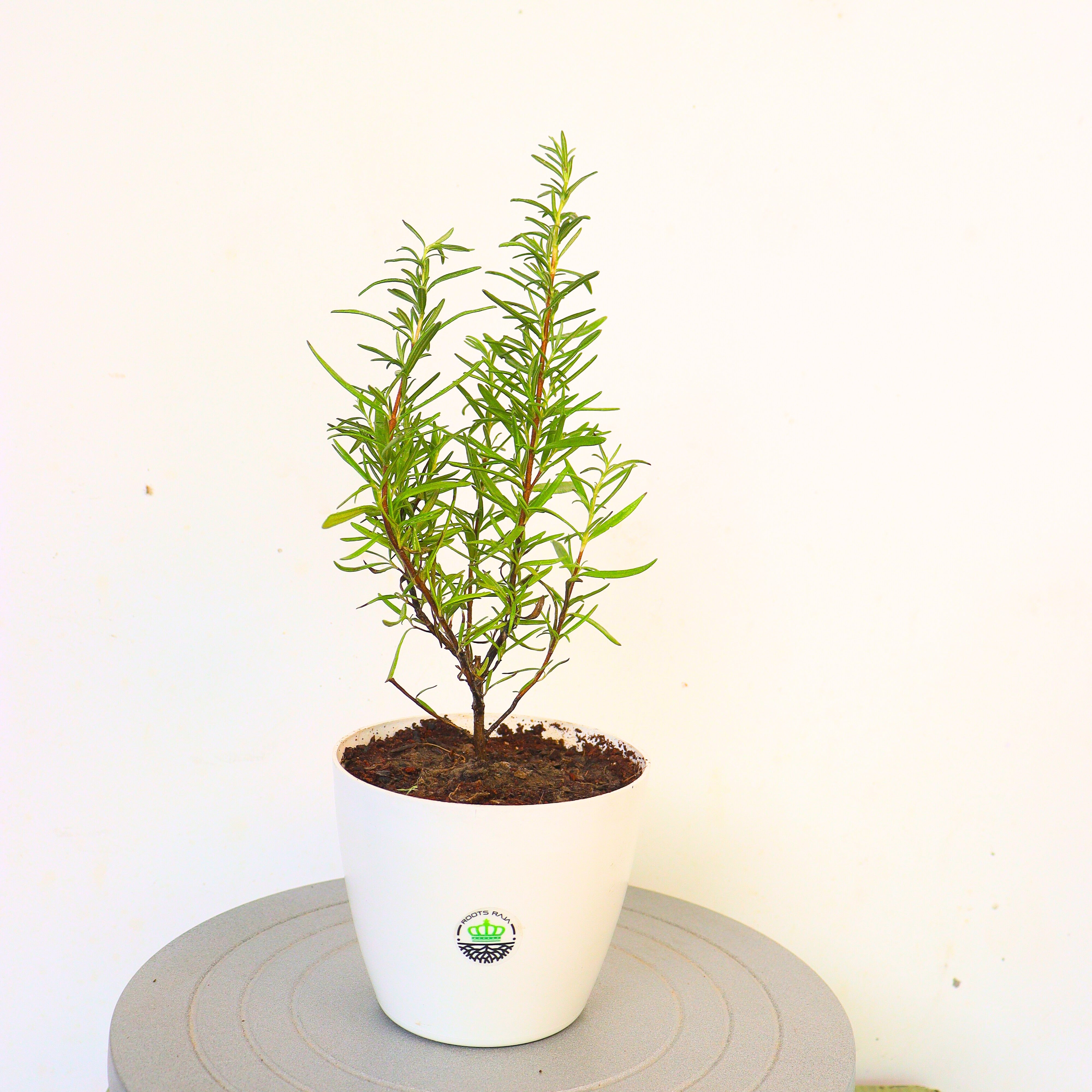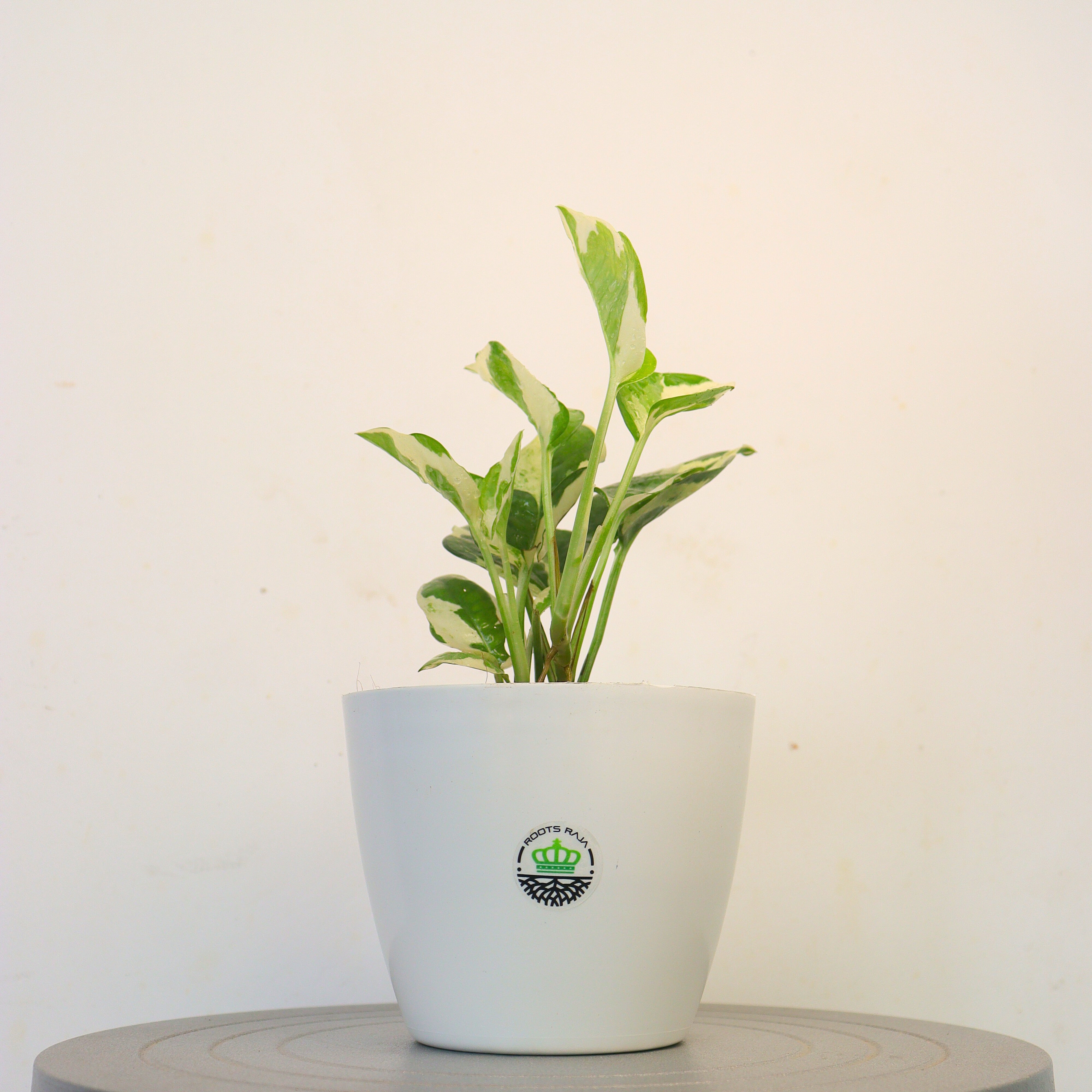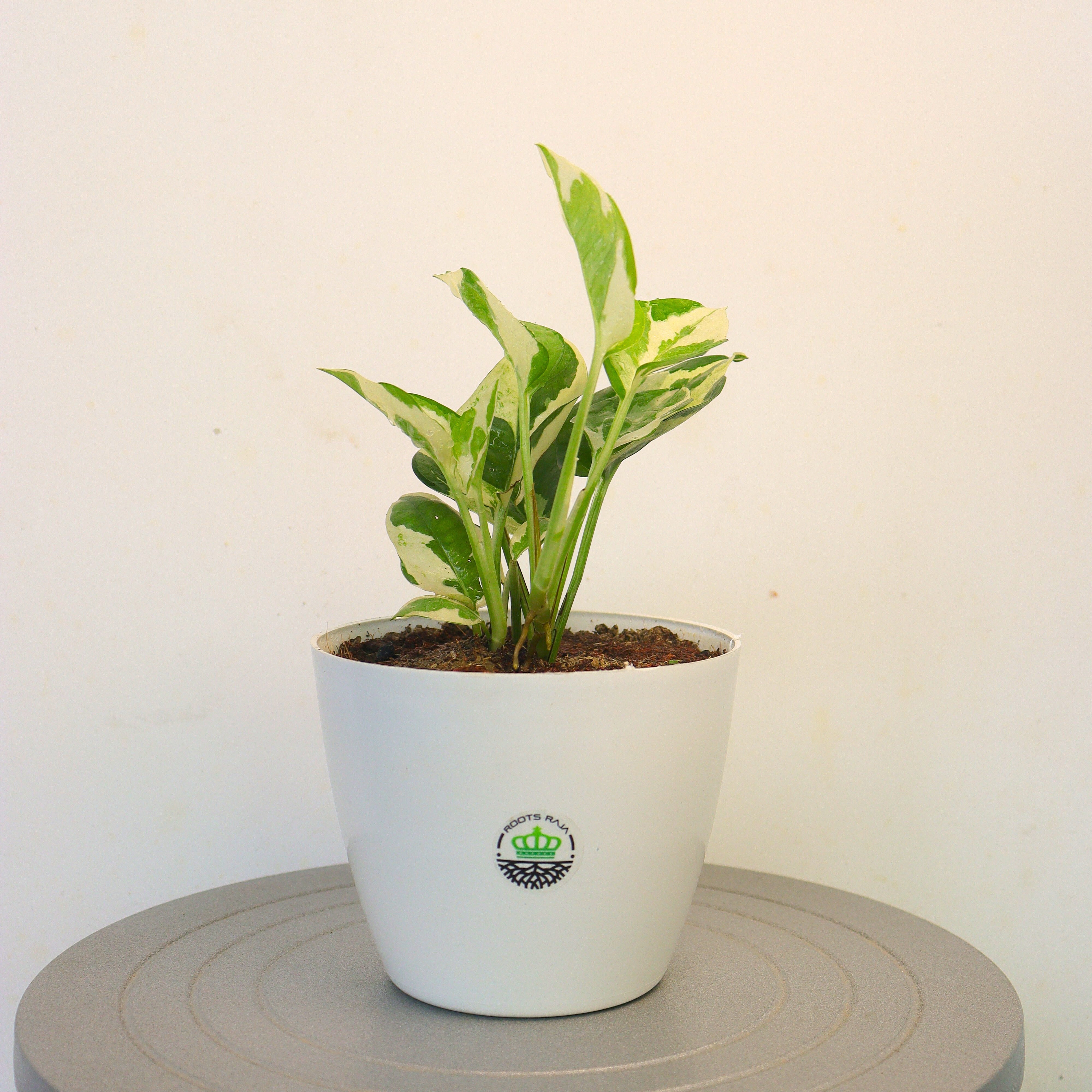
Complete Guide to Areca Palm Plant Care: Keep Your Indoor Palm Thriving
The Areca Palm (Dypsis lutescens), also known as the butterfly palm or golden cane palm, is a popular tropical plant loved for its lush, feathery fronds and easy-going nature. Perfect for homes and offices, this plant not only adds a tropical flair but also helps purify the air. Whether you’re a beginner or a seasoned plant parent, understanding areca palm plant care is essential to keep it healthy and vibrant.
In this detailed care guide, we'll explore everything you need to know about growing, maintaining, and enjoying Areca Palm indoors.
1. Light Requirements
Areca Palms thrive in bright, indirect sunlight. While they can tolerate low light for short periods, lack of adequate light may result in yellowing fronds and stunted growth.
Best Placement Tips:
- Place near east or south-facing windows with filtered light.
- Avoid harsh direct sunlight, especially during hot afternoons—it can scorch the leaves.
- If you're growing Areca Palm in a darker room, consider using grow lights to support healthy growth.
2. Watering Needs
Areca Palms prefer consistently moist soil, but they are highly sensitive to overwatering.
Watering Tips:
- Water when the top 1–2 inches of soil feels dry.
- In summer: Water 1–2 times a week.
- In winter: Water less frequently, about once every 10–14 days.
Always ensure your pot has good drainage to prevent root rot. Avoid letting the plant sit in stagnant water.
3. Humidity and Temperature
Being a tropical plant, Areca Palm loves moderate to high humidity and warm temperatures.
Ideal Conditions:
- Temperature: 65–80°F (18–27°C)
- Humidity: 50% or higher
In dry climates or winter months, increase humidity by:
- Using a humidifier
- Placing the pot on a tray filled with pebbles and water
- Misting the leaves regularly
- Avoid exposing your Areca Palm to cold drafts, sudden temperature drops, or air conditioning vents.
4. Soil & Potting Mix
Areca Palms need a well-draining, slightly acidic soil mix. A loamy or sandy potting mix is best.
Recommended Mix:
- 2 parts peat moss or coco coir
- 1 part perlite or sand
- 1 part compost or organic matter
- You can also buy specialized palm soil mixes available online or at garden centers.
- Repot your Areca Palm every 2–3 years, especially when it becomes root-bound.
5. Fertilization
During the growing season (spring and summer), Areca Palms benefit from regular feeding.
Fertilizer Tips:
- Use a balanced, liquid fertilizer (like 10-10-10) once a month.
- Reduce feeding in fall and winter.
- Avoid over-fertilizing, as salt buildup can harm the roots.
- Organic options like seaweed extract or compost tea can also be used.
6. Pruning & Maintenance
Areca Palms have a natural, bushy growth pattern and require minimal pruning.
Maintenance Tips:
- Remove brown, yellow, or dead fronds to maintain appearance.
- Use clean, sterilized scissors to avoid infections.
- Do not prune green stems, as this may stunt growth.
- Wipe leaves occasionally with a damp cloth to remove dust and keep the plant breathing freely.
7. Common Pests & Problems
Areca Palms are generally hardy but can occasionally be affected by pests or stress due to improper care.
Watch out for:
- Spider mites: Tiny webs and yellow speckles on leaves.
- Mealybugs: White cottony patches on stems.
- Scale insects: Hard bumps along stems and leaves.
- Use neem oil spray or insecticidal soap to manage infestations. Regular misting and proper air circulation also help prevent pests.
Other Common Issues:
- Yellowing leaves: Often a sign of overwatering or poor drainage.
- Brown leaf tips: Could indicate low humidity, underwatering, or salt buildup from fertilizer.
- Flush the soil every few months by letting water drain through the pot to remove excess salts.
8. Propagation
You can propagate Areca Palms by dividing the plant during repotting.
Steps for Propagation:
- Gently remove the palm from the pot.
- Separate a healthy clump of stems with attached roots.
- Repot the clump in fresh, well-draining soil.
- Water lightly and keep in a shaded area for a few days until it settles.
- Propagation is best done in spring when the plant is actively growing.
9. Air Purifying Benefits
One of the major reasons Areca Palm is so popular is its air-purifying ability. According to NASA’s Clean Air Study, it helps remove toxins like benzene, formaldehyde, and carbon monoxide.
Plus, having green plants indoors boosts mental well-being, enhances mood, and creates a calming atmosphere.
10. Indoor Styling Ideas
Areca Palms make great corner plants or room dividers. Their upright, feathered fronds create a soft, elegant look perfect for:
Living rooms
Office spaces
Hotel lobbies
Yoga or meditation corners
Choose decorative planters or baskets to complement your interior style. Areca Palms are also pet-friendly, making them safe for homes with cats or dogs.
Final Thoughts
With the right care, Areca Palm plants can thrive for years, bringing a lush, tropical feel to your space. Their low-maintenance nature, air-purifying qualities, and graceful appearance make them a top choice for plant lovers everywhere.
If you're looking to buy plants online, including healthy and vibrant Areca Palms, explore premium selections at RootsRaja. We deliver green joy with love, care, and quality – right to your doorstep.

